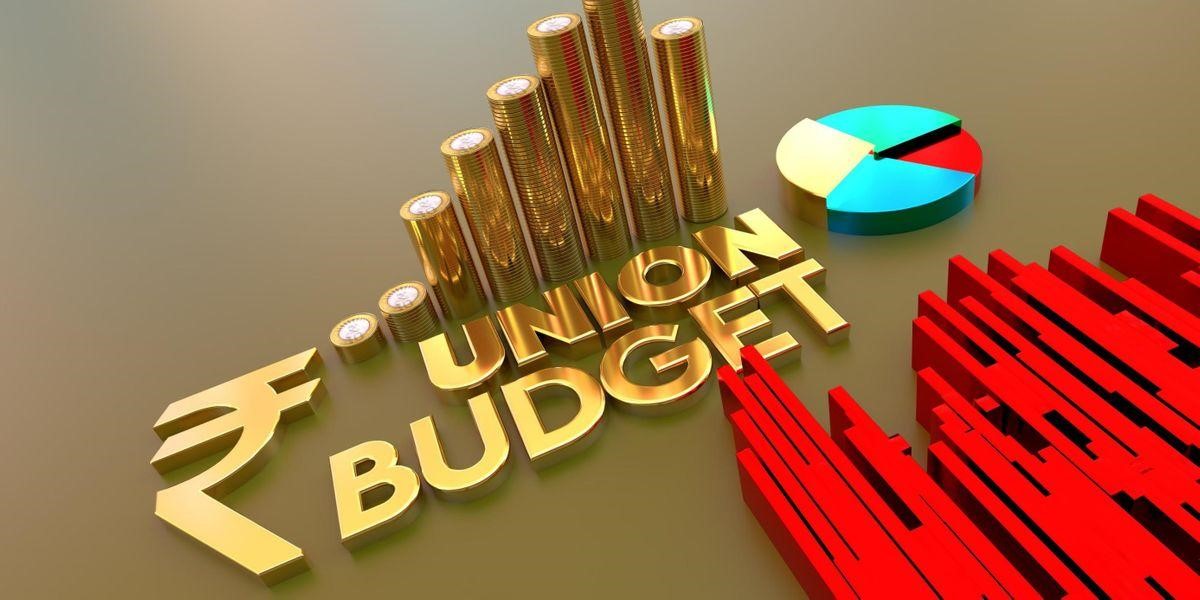Union Budget 2025-26: Positive Steps, Critical Concerns
Why in the news?
The Union Budget for 2025-26 focuses on growth with increased capital expenditure, but concerns arise over falling tax revenues, AI infrastructure needs, and a shift from fiscal deficit to debt-GDP ratio, reducing transparency.
Union Budget 2025-26: Key Takeaways
Positive Aspects:
- GDP Growth Projections: Nominal GDP growth for 2025-26 is estimated at 10.1%, aligning with the Economic Survey’s forecast of real GDP growth between 6.3%-6.8%. This provides flexibility if growth accelerates.
- Capital Expenditure: Government capital expenditure for 2025-26 is ₹11.2 lakh crore, a modest increase from ₹11.1 lakh crore in 2024-25, aiding infrastructure development.
- Tax Revenue and Growth: Direct taxes have increased, with personal income tax performing better than corporate income tax. Non-tax revenue, mainly from RBI and PSUs, shows improvement.
Tax Revenue Performance:
- Gross Tax Revenues: GTR growth has decreased from 13.5% in 2023-24 to 10.8% in 2025-26. GST growth has also slowed, from 12.7% to 10.9%.
- Direct Taxes Share: The share of direct taxes in GTR has risen from 52% in 2021-22 to 59% in 2025-26, reflecting a positive trend towards progressive taxation.
- Corporate vs. Personal Tax: While personal income tax growth is slowing (from 25.4% in 2023-24 to 14.4% in 2025-26), corporate income tax has seen a rise from 7.6% to 10.4%.
Concerns:
- Expenditure and Fiscal Deficit: Government expenditure as a percentage of GDP is decreasing, from 14.6% in 2024-25 to 14.2% in 2025-26. While expenditure growth is lower than nominal GDP growth, the quality of government expenditure is improving, with a higher share of capital expenditure.
- AI Infrastructure Investment: India needs to invest in Artificial Intelligence infrastructure, following China and the US, to ensure competitiveness in emerging technologies.
- Fiscal Deficit Indicator Change: Moving away from fiscal deficit as a key indicator to debt-GDP ratio reduces transparency and could hamper fiscal discipline. Specific targets for fiscal deficit should be maintained.




